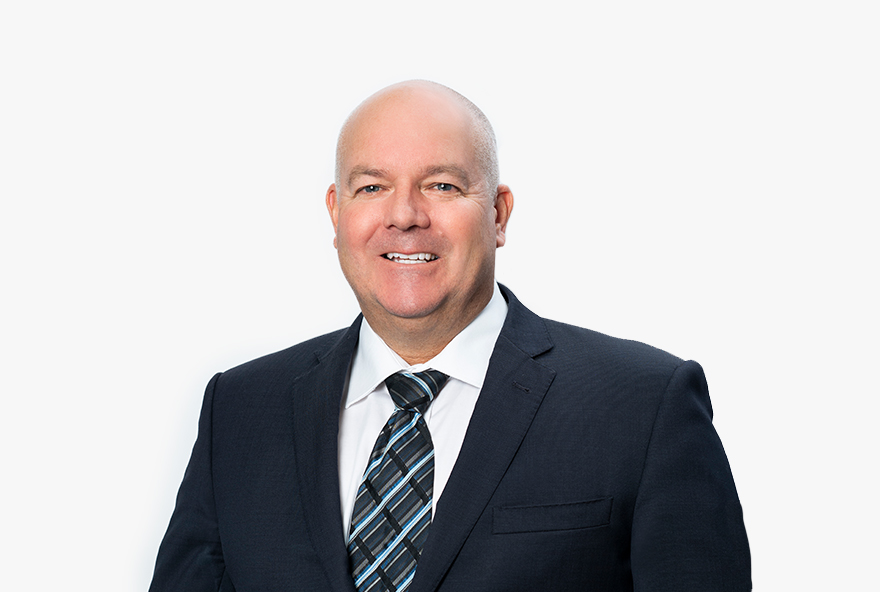
Handing over a business to your children takes a long time and can be emotionally draining but when executed well, it is rewarding for you and reassuring for those involved in the business including family, staff, customers and suppliers.
Social media would have you believe presenting your son or daughter with the keys to your business is like surprising them with a car, saying ‘it’s all yours’, and waving them on their way.
The problem is that, even if you had that power, employees, creditors, customers and investors hate surprises. And chances are you may not have the legal authority to do so anyway.
More than $120 billion in assets are moving from one generation to the next each year, yet it’s a fraction of the $3.5 trillion in assets changing hands by 2050, says the Productivity Commission.
Despite this, 58.4% of businesses have never engaged in succession planning, according to Pitcher Partners’ Business Radar survey in 2023 – and that may present problems for ageing owners.
It’s not a good sign. More than one in five small to medium business owners are aged 60 or older, according to the Australian Small Business and Family Enterprise Ombudsman.
Business succession planning is a multi-level strategy that draws on every drop of your acumen and leadership.
The following case study demonstrates how setting goals, effective communication and strong relationships – all skills that helped build your business in the first place – are vital in bringing together a plan to leave your legacy to your children.
The scenario
The founders of a family-owned business were aged in their mid-50s when they started discussions with Pitcher Partners about designing a succession plan for their four children.
Two of the children were working in the business, while two chose other life paths, and the family sought to treat all the children equally from a financial perspective – to a point.
They wanted to reward the two who had stayed in the business, given they had passed up other opportunities, contributed to the growth and worked long hours for little income. The parents also wanted to make sure the other children were also catered for, without drawing down on the cashflow of the business once they went into retirement.
Other goals included allowing the children in the business to take it in their own direction at a certain point in time, which meant having a distinct line in the sand for the owners to step down. It was also important for the parents that all the children understood the process.
Assets related to the business, and the business itself, retained substantial value however the business assets represented more than double what was held individually, including other property, the family home and superannuation.
The strategy
For the children remaining in the business, a key task was making contributions into their parent’s superannuation funds, using cashflow and funds borrowed against the business.
The establishment of several new trusts was also important.
A discretionary trust account for the children in the business was created to allow them freedom to take part of the business in a different direction if they chose.
Two discretionary trusts were also set up for the other children, and assets acquired in these trusts were solely for their benefit. Additional distributions were made into the new trusts to help equalise the asset base across the four siblings.
The succession plan was also seen as an opportunity to improve governance and strategic planning frameworks, which included being opportunity ready and engaging professional advice.
Recognising the change in decision-making processes, an independent chair was appointed to help oversee the process and provide guidance for the younger directors.
A timeline was drawn up that included a formal retirement date for the founders to complete the handover, and a share sale agreement was drawn up in case of future disagreement.
With the business shifting to new hands, it was viewed as fair to provide the other two children access to capital for investing, while the parents were able to live off the assets accumulated outside of the business, including superannuation.
Their wills were updated accordingly to ensure the children not in the business were adequately catered for, while the father remained joint appointor of the trusts as additional oversight.
The challenges
This plan underlined the value of a strong relationship with their financiers, who were a critical part of the execution.
Not only did it allow the children to expand the business into new markets, but it also financed the children’s contribution to their parent’s superannuation fund, allowing them to retire independently from the business.
Another issue that had to be handled carefully was ensuring that land going to the two children not involved in the business was not being held as security for business-related loans.
It is not uncommon for small and medium businesses to have business and personal assets intertwined, and these need to be segregated to allow a clean split. This includes allowing time to unwind Division 7A loans.
Then there is the emotional element. The founder realised the connection they had to the business – a significant part of their life for decades – wasn’t going to be easily broken.
However, as they realised their guidance was still valuable to staff and their children, their mindset started to change. They also found enjoyment in showing up on a casual basis without the pressure of having to make decisions.
There were also relationship hurdles to navigate. Director’s loans and guarantees are highly valuable to suppliers and they are not always ready to release the guarantees of the existing directors, even in retirement.
What helped?
Communication and flexibility were key to ensuring transparency for everyone involved, including the broader family and key staff, with confidence drawn from knowing how the company will be controlled and managed.
A shareholders’ agreement delivered certainty on how shareholders rights are protected and how shareholders can exit the company, while a buy/sell agreement laid out an orderly transition of ownership on specified events such as a death or unplanned exit.
A buy/sell agreement assists in obtaining fair value for the departing owner and their family. It eases financial pressure on the business and avoids the need to do business with someone they would prefer not to.
Designing and implementing a succession plan can be an emotional and stressful time for both the owners and the next generation, but it is important to remember that all parties do not have to go through the process alone.
It is critical that you can lean on trusted advisers and networks to guide you and facilitate a collaborative approach with family in dealing with issues. The journey needs to start now. Planning early helps navigate some of the legal, tax and emotional issues over time.
Robert Prince (454 781) and Pitcher Partners Wealth WA Pty Ltd (1274651) (ABN 74 630 996 664) are Authorised Representatives of Sentry Advice Pty Ltd, AFSL 227748.
The information contained herein is of a general nature only and does not constitute personal advice. You should not act on any recommendation without considering your personal needs, circumstances, and objectives. We recommend you obtain professional financial advice specific to your circumstances





